Zurkhaneh: The House of Chivalry!
Zurkhaneh : Varzesh-e Pahlavani (Heroic Sport) rituals are a class of ancient Iranian martial art, practiced in a Zurkhaneh ( or ZUR-ḴĀNA). Zurkhaneh meaning is “House of Strength”. Zurkhaneh exercises target strength beyond physical that combine elements of Islam, Gnosticism and ancient Persian beliefs. Hence, the practice involves certain Zurkhaneh rituals and Zurkhaneh equipment.
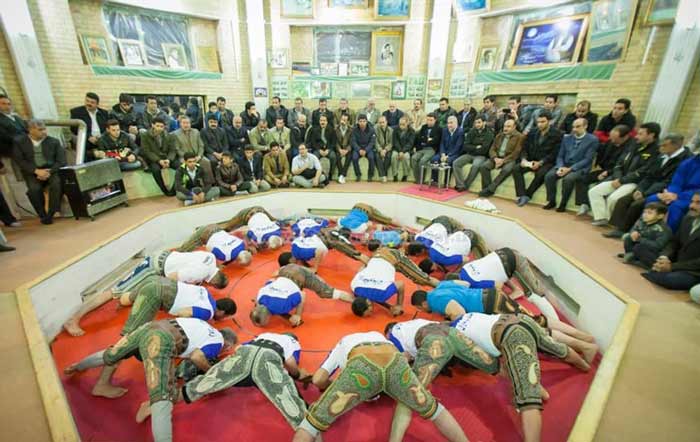
Originating in Persia, Zurkhaneh has spread to neighboring countries such as Azerbaijan and Iraq. Earliest mentions of Zurkhaneh in Iran dates back to the Safavid era (16th and 17th century), by travelers such as Charles Chardin, while wrestling as the basic element of Zurkhaneh exercises has a longer history in Iran.
Pahlevani and Zoorkhanei rituals was inscribed as a UNESCO Intangible Cultural Heritage of Humanity, in 2010.
Related Post : Saheb A Zaman Zurkhaneh in Yazd
#1 Structure of a Zurkhaneh
Structure of a Zurkhaneh : Zurkhaneh is a traditional gymnasium, which is a sacred domed structure with an octagonal sunken arena (Persian : Goad) about 1 meter deep, surrounded by audience seats. Access to the main hall is usually possible through a low door, so everyone would bow as a symbol of respect while entering.
Zurkhanehs are usually found in the old town. At present, there are 500 Zoorkhanehs across Iran.
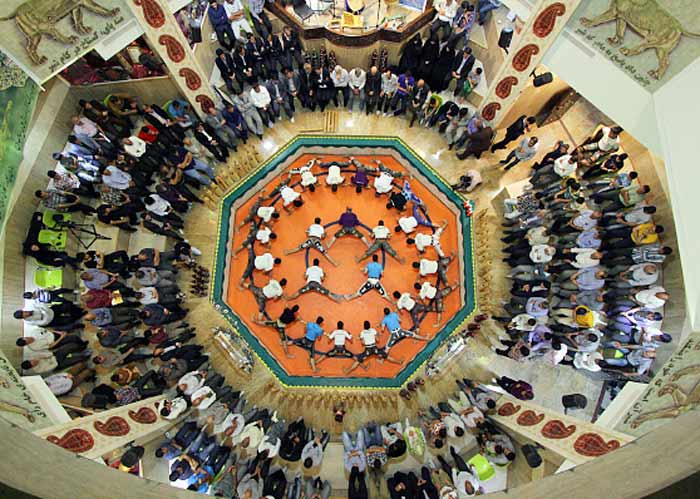
#2 Zurkhaneh Ritual
Zurkhaneh ritual combines martial arts, calisthenics, strength training and music, aiming to promote chivalry, kindness and humility through nurturing the bodily strength. Pahlavani rituals echo the practices of Sufism, as the ethics involved are similar to Sufi ideals, emphasizing purity of heart.
During training, students are instructed by a Pīshkesvat (champion). Those who master the physical skills and pass ethical and moral stages of Gnosticism may acquire the prominent rank of Pahlevanī (hero).
Zurkhanei music and literature involve the Morshed’s recitation of poems, either Gnostic or mythological (specifically from the Persian epic book of Shahnameh), along with a harmonious beating on a goblet drum (or zarb).
#3 Zurkhaneh Exercises
Zurkhaneh Exercises : Courtesy and respect for seniority is ingrained in Varzesh-e Pahlavani exercises, and the central Goad is a sacred place, where athletes must leave behind all human vile traits to enter. Upon entering the Gaud , athletes pay respect to the sacred earth by touching the floor and then raising the fingers to their lips.

Athletes exercising with wooden blocks (Mils)
The main portion of exercise session is dedicated to weight training and calisthenics, using a pair of wooden clubs (mil), wooden shields (sang), and bow-shaped iron weights (kabbādeh or kamān). The exercises continue by athletes taking turns to whirl rapidly and nimbly, inspired by Sufi Whirling. Every session ends with bouts of koshti pahlevāni (Iranian traditional style of wrestling).
The entire session is accompanied by the drum beats of the Morshed.
#4 Zurkhaneh Equipment
Zurkhaneh Equipment : There are certain equipment in Zurkhaneh which have been in use since the advent of Zurkhaneh in Iran :
#1 Sardam (Seat of the Morshed)
Sardam is an elevated seat which overlooks the Goad, where the master sits to recite the epic poems and plays the goblet drum. Morshed is also in charge of rhythmic counting of exercise reps.

#2 Goblet Drum (Zarb)
Tonbak or Zarb is a Persian traditional instrument, resembling the percussion. Playing the Zarb, morshed creates a rhythmic harmony throughout the session, while also keeping the athletes alert and enthused.
#3 Bell (Zang)
The bell is used by the Morshed to regulate the exercises.

#4 Wooden Clubs (mil)
Mils, used in pairs, are wooden clubs weighing 10 to 30 kg, which are used to train upper body, shoulders and arms. Swinging the pair in the air needs mastery and strength.

#5 Shields (sang)
A pair of heavy shields with handles in the middle, which the athlete lifts up and down whilst lying on the ground. Morshed counts 114 or 117 (sacred numbers) reps of this exercise with a rhythm.

#6 Bow-shaped Iron Weights (kabbādeh or kamān)
Kabbadeh is a metal bow-shaped iron weight with an iron chain attached to the two ends. The athletes shake the bow, overhead, from side to side and count multiple reps.
#7 Push-up Boards
An introductory warm-up exercise is doing the push-ups on individual boards. The athletes line up round the Gaud with the Miandar (senior athlete) in the middle and do the traditional version of the push-ups.

#5 Athlete Attire in Zurkhaneh
The standard attire was originally the Long (read loang), a cloth wrapped around the waist down and passed between the legs. While wrestling, leather breeches (Tonban) were born. Since entrance of women were allowed in Zurkhaneh, athletes wear shorts and shirts during their exercise.

#6 Famous Figure of Varzesh-e Pahlevani
Gholamreza Takhti (1930- 1968) was an Iranian Olympic Gold-Medalist wrestler who started his career with Varzesh-e Pahlevani. He was popularly nicknamed Jahān Pahlevān (“The World Champion”) because of his chivalrous behavior and sportsmanship.

#7 List of Some Active Zurkhanehs in Iran
1) Zurkhaneh of Ghasr Garden & Museum, Tehran (Map)
Everyday: (17:00 – 22:00) Friday: (10:30 – 14:00)
2) Shirafkan Zurkhaneh, Tehran (Map)
Every Sundays and Tuesdays (18:00 – 20:00) – Fridays: (11:00 – 13:00)
3) Zurkhane Ali ibn Abi Talib, Isfahan (Map)
Odd days of the week (8:00pm – 10:00pm)
4) Zurkhane Ali Qoli Aqa, Isfahan (Map)
Odd days of the week (8:00pm – 10:00pm)
5) Zurkhaneh Saheb Al Zaman, Yazd (Map)
Everyday (17:00pm – 18:00pm, 18:30 – 19:30 and 20:15 – 21:45)
6) Zurkhane Takhti, Yazd (Map)
Even days (18:30 – 20:00) Odd days (21:30 – 23:00)
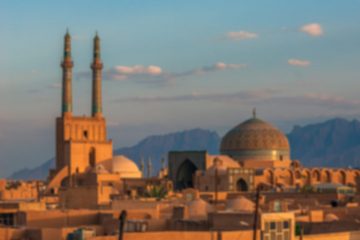
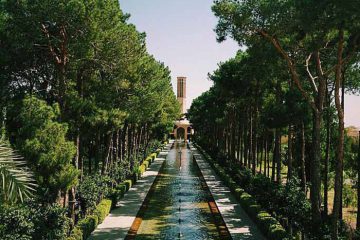
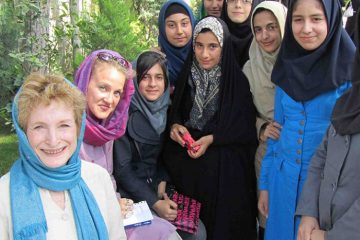
2 Comments
Matthew Mwangi · August 5, 2020 at 11:24 am
Why are women/ladies/girls not allowed to do Zurkhaneh?
I believe given opportunity they would do very well, like any other sports.
Thank you.
Jon · August 23, 2020 at 11:02 am
Where can I purchase the “mill” from?